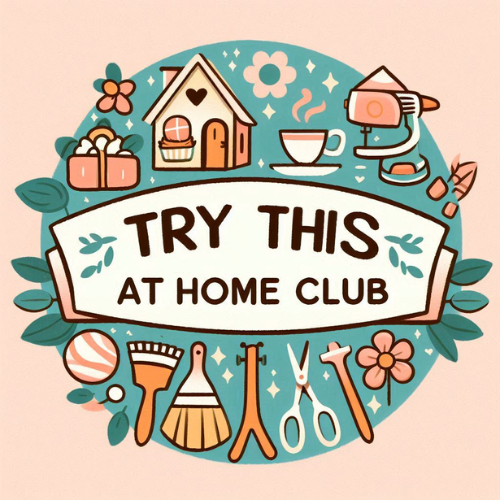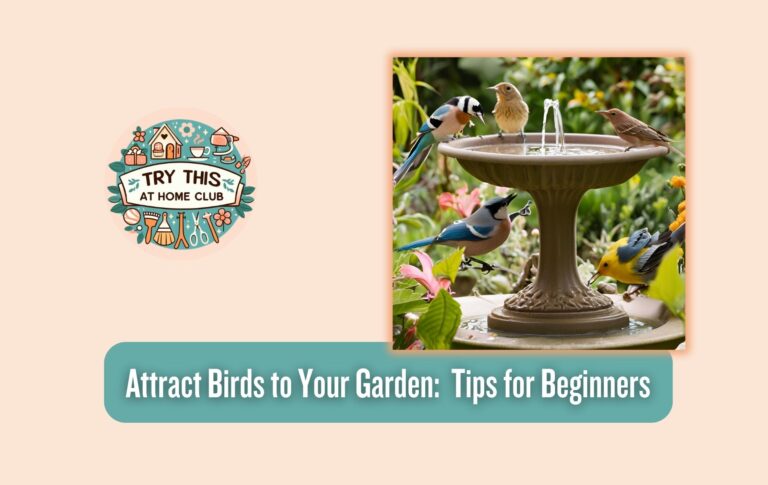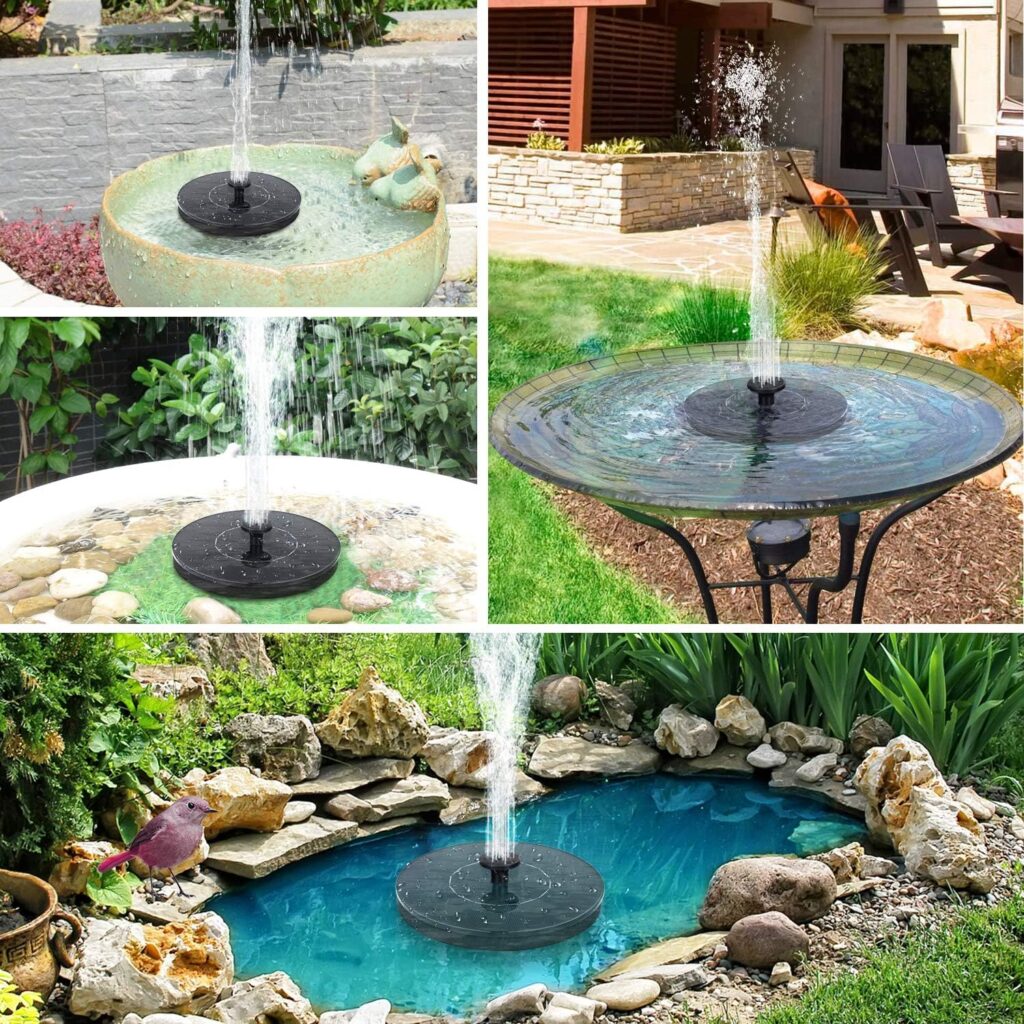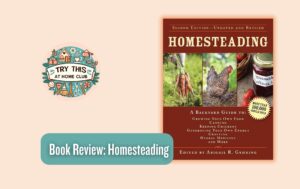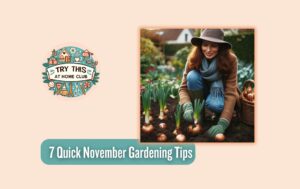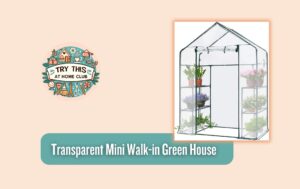Bringing birds into your garden can add color, life, and a peaceful ambiance to your outdoor space. Beyond their beauty, birds also help control pests, pollinate flowers, and spread seeds, making them invaluable allies in your garden. Luckily, learning how to attract birds to your garden is simpler than you may think. With a few fun, affordable, and beginner-friendly DIY strategies, you can create a welcoming haven for these feathered friends. Here are the best tips for setting up a bird-friendly garden that’s easy to maintain and a joy to create!
Table of Contents
1. Choose the Right Plants to Attract Birds Naturally
A bird-friendly garden begins with the right plants. Certain flowers, shrubs, and trees provide birds with food, shelter, and nesting materials. Native plants are especially effective because they’re familiar to local birds and require less maintenance.
Top Plants for Attracting Birds:
- Sunflowers: Their seeds attract finches, sparrows, and doves.
- Lavender: This plant draws in pollinators, which can also attract birds.
- Coneflowers: Known for their seeds, these plants are magnets for goldfinches and other seed-eating birds.
- Holly and Dogwood: Both produce berries that birds love.
Tips for Choosing Bird-Friendly Plants:
- Go Native: Local plants are the most effective for attracting birds native to your area.
- Vary Plant Types: Include a mix of flowering plants, shrubs, and small trees to provide shelter and food variety.
- Plan for Seasonal Changes: Choose plants that bloom or produce berries in different seasons, so there’s always a food source available.
2. Provide Water for Drinking and Bathing
A reliable water source is essential for attracting birds. Freshwater for drinking and bathing will keep birds coming back to your garden, especially in the warmer months.
DIY Bird Bath Ideas:
- Shallow Dishes: Repurpose shallow dishes or bowls as bird baths. Place them on the ground or on a raised platform for easy access.
- Flower Pot Saucers: Upside-down flower pots with saucers on top create stable, inexpensive bird baths.
- Recycled Containers: Try using a decorative old plate or a shallow container with stones for stability.
Tips for Maintaining a Bird Bath:
- Keep It Clean: Empty and refill the bird bath every few days to prevent algae and mosquito larvae.
- Place in a Safe Location: Choose a spot with nearby bushes or trees where birds can retreat if needed.
- Provide Fresh Water Year-Round: In winter, consider a heated bird bath if your area experiences freezing temperatures.
Shop for Bird Feeders on Amazon (Ad)
3. Set Up Bird Feeders with Simple Materials
Feeders are a fantastic way to attract birds, and you don’t need fancy supplies to make them! Homemade feeders are easy, affordable, and customizable based on the types of birds you want to attract.
DIY Bird Feeder Ideas:
- Pinecone Feeder: Spread peanut butter on a pinecone and roll it in birdseed. Hang it with a piece of string from a tree.
- Orange Feeder: Cut an orange in half, scoop out the fruit, and fill the shell with birdseed. Hang it by poking holes and threading string through.
- Plastic Bottle Feeder: Cut holes in a plastic bottle, insert wooden spoons or small dowels for perches, and fill it with seeds.
Popular Bird Foods:
- Sunflower Seeds: Favored by most backyard birds, including cardinals, finches, and sparrows.
- Suet: Especially helpful in winter, suet attracts woodpeckers, chickadees, and nuthatches.
- Nectar: Attract hummingbirds with a simple mix of one part sugar to four parts water (no red dye needed).
4. Create Safe, Cozy Nesting Areas
Birds will often stick around if they find a safe spot to nest. With a few DIY birdhouses or simple nesting materials, you can make your garden a perfect nesting ground.
DIY Birdhouse Ideas:
- Wooden Birdhouses: Use untreated wood to build simple birdhouses. Avoid painting the interior, as it can harm young birds.
- Gourd Birdhouses: Dried gourds can make unique and natural-looking birdhouses. Clean them out, cut an entry hole, and hang them in a shaded area.
DIY Nesting Material Options:
- Natural Materials: Provide dry grass clippings, small twigs, and straw around the garden.
- Feathers and Wool Scraps: Birds often use soft materials like feathers or wool to create a cozy nest.
- Avoid Artificial Materials: Plastic and synthetic fibers can be harmful to birds.
5. Avoid Harmful Chemicals and Opt for Organic Gardening
Birds are sensitive to pesticides and other chemicals. By opting for organic methods in your garden, you’ll create a safer environment for birds and promote a healthy ecosystem.
Natural Alternatives to Chemicals:
- Compost: Enrich soil with compost instead of chemical fertilizers.
- Coffee Grounds and Eggshells: Both make great natural fertilizers that won’t harm birds.
- Manual Pest Control: Birds often eat insects, so they’ll help manage pests naturally if you avoid using harmful sprays.
Benefits of Going Organic:
- Protects Birds’ Food Sources: Chemical pesticides can make insects toxic for birds.
- Maintains Healthy Soil and Plants: Organic practices support biodiversity and better soil quality.
- Encourages Natural Pest Control: A healthy balance of insects and birds helps keep garden pests in check naturally.
6. Create a Bird-Friendly Layout in Your Garden
A well-thought-out garden layout can make all the difference in attracting birds. A few simple design tweaks can make your space more inviting and easier for birds to explore.
Bird-Friendly Garden Layout Tips:
- Layered Planting: Arrange plants at different heights to mimic a natural habitat, providing birds with perching spots, shelter, and food sources.
- Open Spaces: Birds need room to fly, so avoid overcrowding plants. Leave open areas for them to move freely.
- Perching Spots: Place decorative branches or small trellises around the garden to offer resting spots for birds.
Safety Tips:
- Avoid Mirrors and Glass: Birds may accidentally fly into mirrors or windows, mistaking them for open space.
- Provide Escape Routes: Make sure there are nearby shrubs or trees where birds can quickly hide if they sense danger.
7. Common Mistakes to Avoid When Attracting Birds
While attracting birds to your garden is easy, there are a few beginner mistakes to avoid that could discourage birds from visiting.
Common Mistakes:
- Overcrowding Feeders: Too many feeders close together can lead to territorial disputes between birds.
- Using Plastic Birdhouses or Feeders: Plastic can overheat or break easily, which can be harmful to birds.
- Over-Pruning: Birds rely on dense foliage for shelter, so avoid over-trimming bushes and trees.
Quick Fixes:
- Space Out Feeders: Place feeders at least 10 feet apart to prevent crowding.
- Opt for Wood or Metal Feeders: These materials are more durable and safer for birds.
- Leave Natural Hiding Spots: Keep some areas with untrimmed bushes or low-hanging branches to provide shelter.
8. Bringing Your DIY Bird Garden to Life
Now that you know how to attract birds to your garden, it’s time to bring these DIY tips to life! Start by introducing one or two new features, like a bird feeder or a small bird bath, and gradually add plants or nesting materials. Attracting birds to your garden doesn’t have to be complicated or costly—with these simple, affordable DIY steps, you can create a welcoming oasis that’s enjoyable for both you and your feathered visitors.
Attracting birds to your garden can be a fun, rewarding project that enhances your connection to nature. With the right plants, fresh water, and some DIY feeders or birdhouses, you’ll be well on your way to creating a bird-friendly haven that’s as gratifying to build as it is to watch. Enjoy your garden’s transformation as the birds arrive, bringing new life, color, and peacefulness to your outdoor space!
